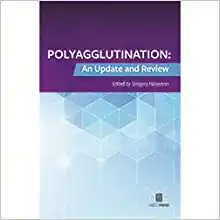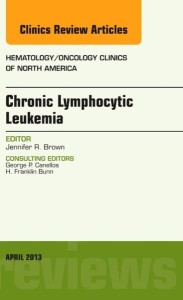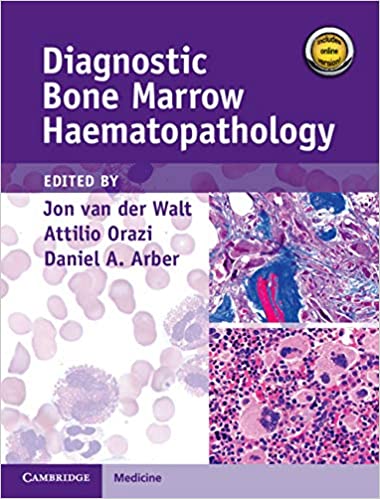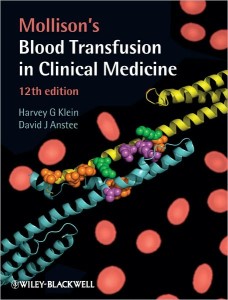-31%
Emerging Trends in Polyagglutination: A Comprehensive Overview
Historical Context:
Since the inception of the AABB compendium on polyagglutination in 1980, the field has experienced a transformative evolution. This updated treatise delves into novel polyagglutination variants, uncovers the intricate relationship between cell markers and disease manifestations, and addresses the contemporary challenges facing healthcare professionals.
Contemporary Challenges:
The intervening decades have ushered in a host of novel concerns:
- Predominance of Monoclonal Reagents: Traditional polyclonal reagents are increasingly being supplanted by their monoclonal counterparts, necessitating a nuanced understanding of their implications.
- Limited Availability of Lectins: Commercial sources of lectins, once abundant, have become scarce, necessitating alternative approaches to their procurement.
- Emergence of Glycan Array Chips and Computational Data Analysis: The advent of glycan array chips and sophisticated computer algorithms has revolutionized the analysis of complex glycosylation patterns, demanding a proficiency in these emerging techniques.
Key Topics Explored:
This comprehensive update encompasses a vast spectrum of topics, including:
1. Lectins: The Gatekeepers of Agglutination
Lectins, sugar-binding proteins, play a pivotal role in polyagglutination. The text illuminates their mechanisms of action, specificity profiles, and diagnostic significance.
2. Acquired Polyagglutination: Unveiling the Causes and Consequences
Acquired polyagglutination, a transient condition often associated with infections, autoimmune diseases, and certain medications, is thoroughly examined. Its clinical implications and differential diagnostic approach are meticulously outlined.
3. Inherited and Rare Forms: Unraveling the Genetic Basis
Inherited polyagglutination, a more permanent condition, is classified based on its underlying genetic mutations. The associated clinical phenotypes and management strategies are comprehensively described.
4. Identification of TR Polyagglutination: A Diagnostic Odyssey
TR polyagglutination, a rare phenomenon involving the interaction of red blood cells with microbial antigens, presents its own set of diagnostic challenges. The text guides the reader through the intricacies of its recognition and differentiation.
5. NOR Blood Group Antigen: Exploring its Role in Polyagglutination
The NOR blood group antigen has emerged as a key player in polyagglutination. This chapter investigates its molecular structure, phenotypic manifestations, and implications for transfusion practices.
6. Transfusion Support for Patients with Polyagglutination: Navigating the Challenges
Managing transfusion support for patients with polyagglutination requires meticulous planning and expertise. The text explores the complexities of blood product selection, compatibility testing, and potential complications.
This updated compendium serves as an indispensable resource for healthcare professionals seeking a comprehensive understanding of the multifaceted realm of polyagglutination, empowering them to address the evolving challenges and provide optimal patient care.









Reviews
Clear filtersThere are no reviews yet.